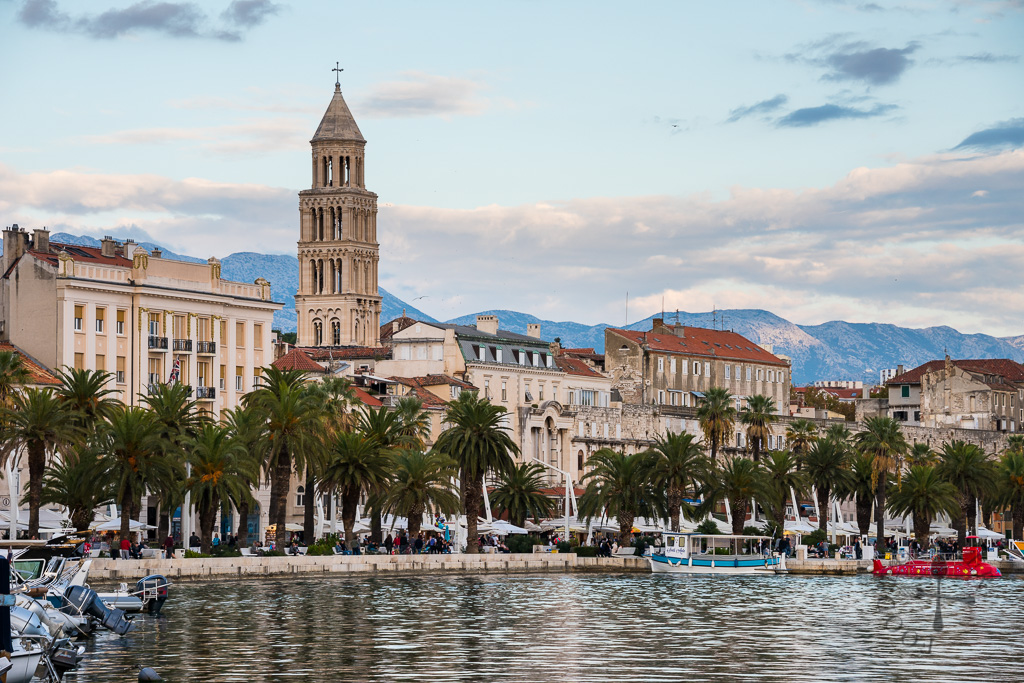
Hello! I’m finally back to update on the long overdue travelogue. Just a quick recap on where we were – we were at Hvar, one of Croatia’s many islands for 2 nights. We then caught a ferry to Split, the second largest city of Croatia. Split was founded in the 3rd or 2nd century BC as a Greek settlement named Aspalathos, where Illyrian tribes also lived there. Over the centuries, Split was occupied and ruled by many different forces – from the Romans to French to Venetians to Austrians to Germans to Italians… for the brief history it’s best to check out here!
It was already night time when we reached Split, so we just checked in, walk around to get some food and had a good rest for the night. We then spent the next day exploring the Old Town – and here’s what we did!
Get Some Good Luck
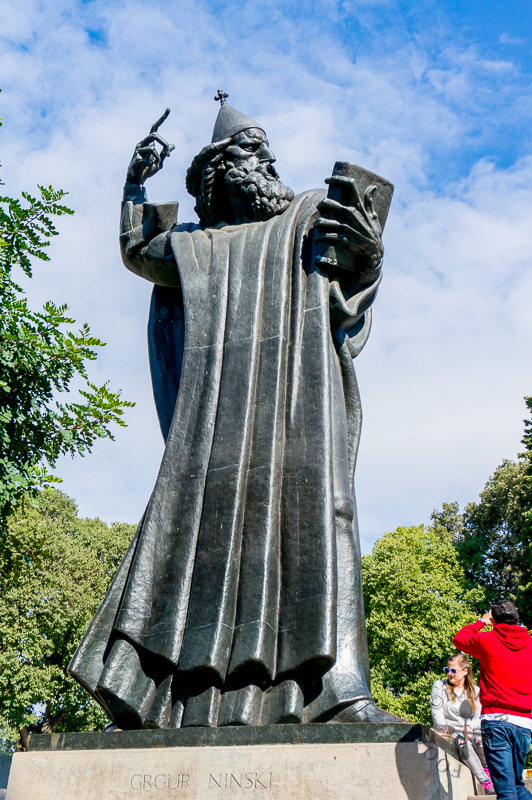
Grgur Ninski, also known as Gregory of Nin, was a Croatian bishop from the Medieval times (10th century). He governed the church in the capital of Croats, Nin (Zagreb was not founded yet). At that time, Catholic masses were supposed to be delivered in Latin but he strongly opposed this idea, advocating that local language should be used instead. As a result, he is recognised as a Croatian national hero and a protector of Croatian identity and political interests.
The statue of Grgur Ninski was sculpted by Ivan Meštrović (a famous Croatian sculptor) and erected in 1929 on Diocletian Palace’s peristyle. In 1941, the Italian forces moved the statue out of the city during World War II. It was not until 1954 when it was re-erected back in Split, just outside the Golden Gate.
Apparently touching the big toe of Grgur Ninski is supposed to bring good luck – but damn I think we forgot to do that!
Ciprianis-Benedetti Palace

The entire area of Split’s Old Town is pedestrian-only, hence it’s really nice to wander and get lost in the small alleys. We wandered into Trg Narodni, meaning People’s Square, which was bustling with life and has many shops, cafés and restaurants. The remnants of Ciprianis-Benedetti Palace, built in 1394 for the Split nobleman Cipriano de Ciprianis, also sit in the square. In 1860, the palace came into the hands of the Benedetti family. The relief of St. Anthony the Hermit on the palace was what caught my eye (and also my curiosity to take a shot of the palace).
Temple of Jupiter
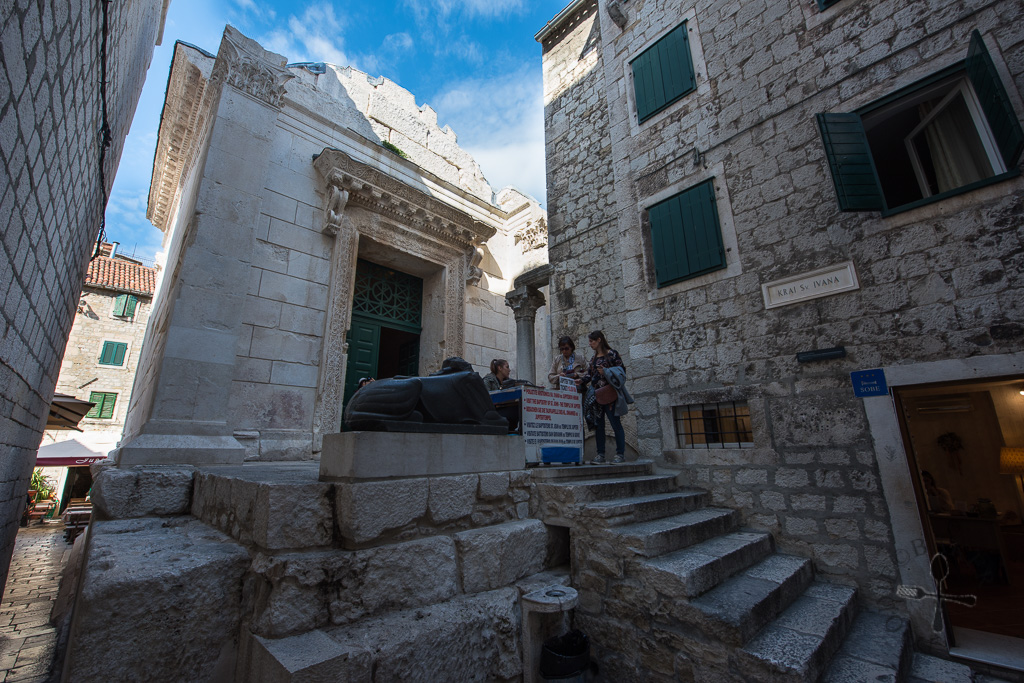
The Temple of Jupiter is located in a very tiny alley, hence it took us a while to find it. As the name suggests, it’s a temple dedicated to Jupiter, the Ancient Roman God of sky and thunder and king of the Gods. The temple was constructed from 295 to 305 AD, and the black granite sphinx was brought over from Egypt by the Romans in the 3rd century. Entrance to the temple costs HRK 10.
Marjan Viewpoint
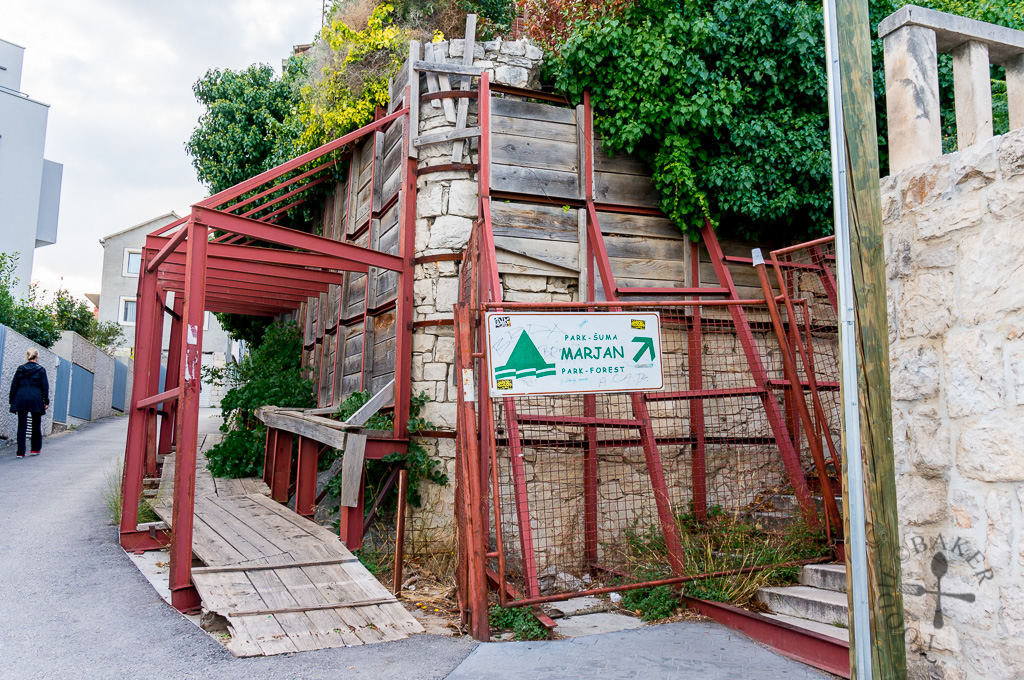
Marjan is a hill located to the western end of Split, and is covered with a dense pine forest, which forms the Marjan Forest Park. Since the 3rd century, it has already been a popular weekend excursion destination for the locals, and today, tourists hike up for one of the most spectacular panoramic views of Split.
To head up, walk along the coast along to Marasovića Street, you should spot a sign that points towards Marjan. Once you find the sign, the rest of the route will be very straightforward as it’s just all the way up.
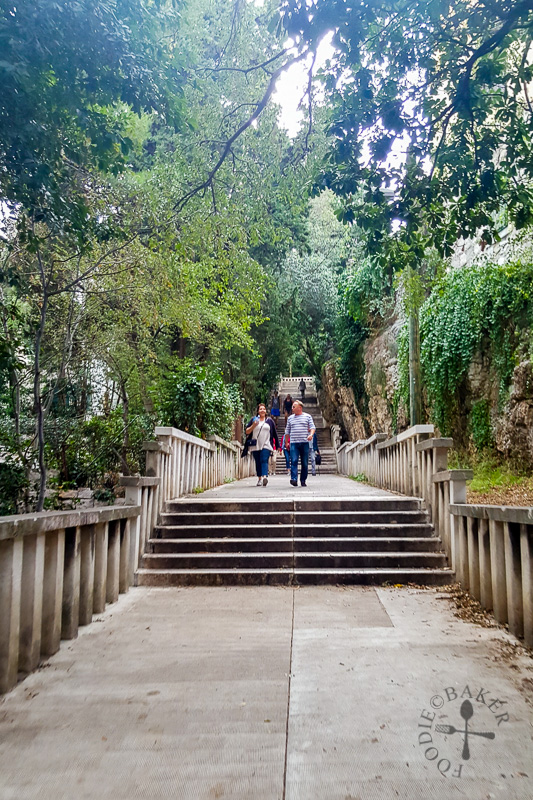
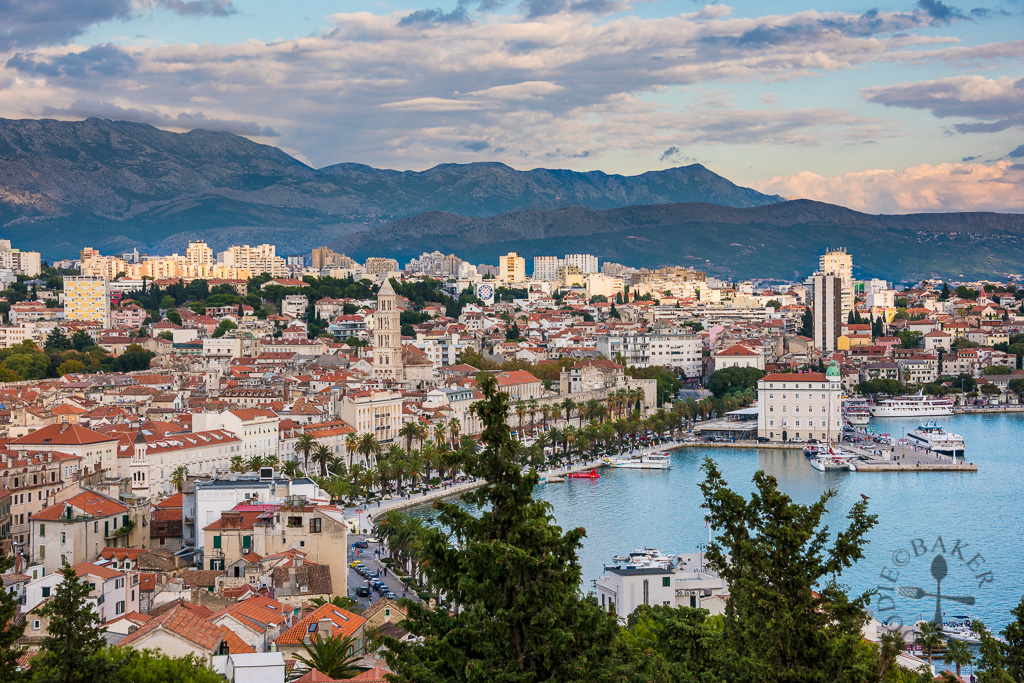
If you need a break after the climb, there’s a café, Vidilica, right next to the viewpoint (we didn’t rest there though). From the viewpoint, it’s possible to continue on to hike around the Marjan Forest Park but we didn’t have enough time to do it.
Sunset by Matejuška Port and Riva Promenade
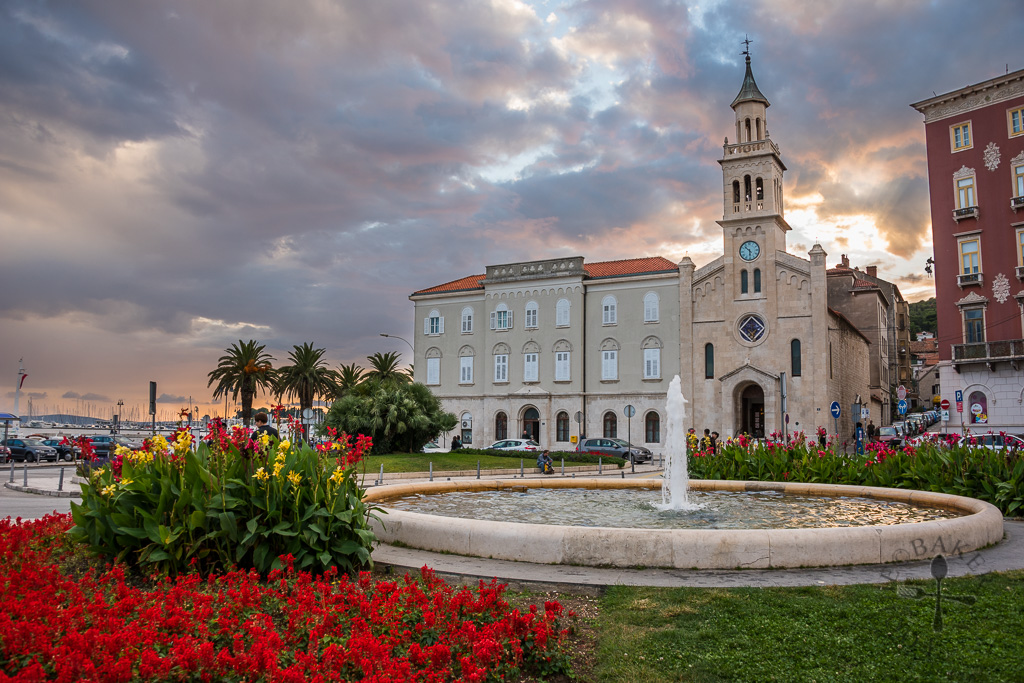
As the sun began to set, we head back down to catch the sunset along Matejuška Port. We passed by the Church and Monastery of St Francis, built in the 13th century, on top of the foundations of a 5th century Early Christian church.
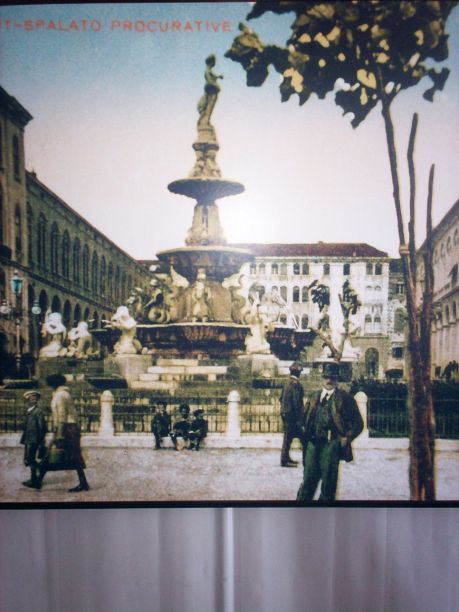
The original Bajamonti Fountain (also known as Monumental Fountain) was built in 1880, commissioned by the then mayor of Split, Dr. Antonio Bajamonti. The original fountain was destroyed in 1947 by the communist government, and the new one looked nothing like the old one. The old one certainly looked a lot better in my opinion, so I wonder why they didn’t reconstruct a replica. Perhaps they want a more modern look for Matejuška Port?
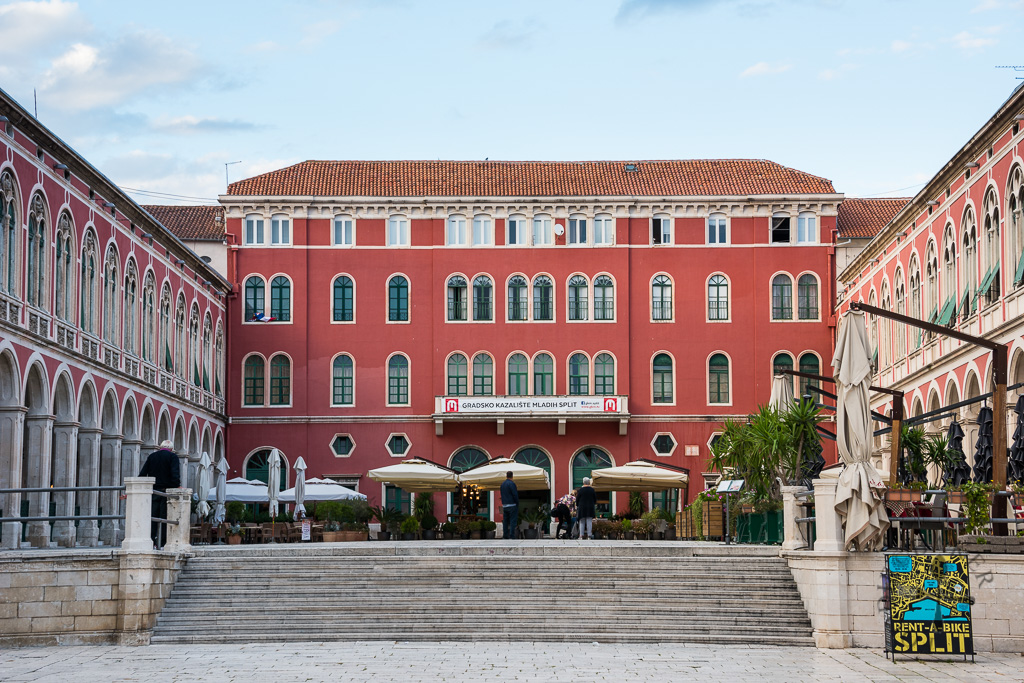
Just behind the Bajamonti Fountain lies a big open square surrounded on three sides by a neo-Renaissance structure in different shades of red. This structure, built in the 19th century, is known as Prokurative, hence the locals prefer to call this place Prokurative, instead of its original name Trg Republike.
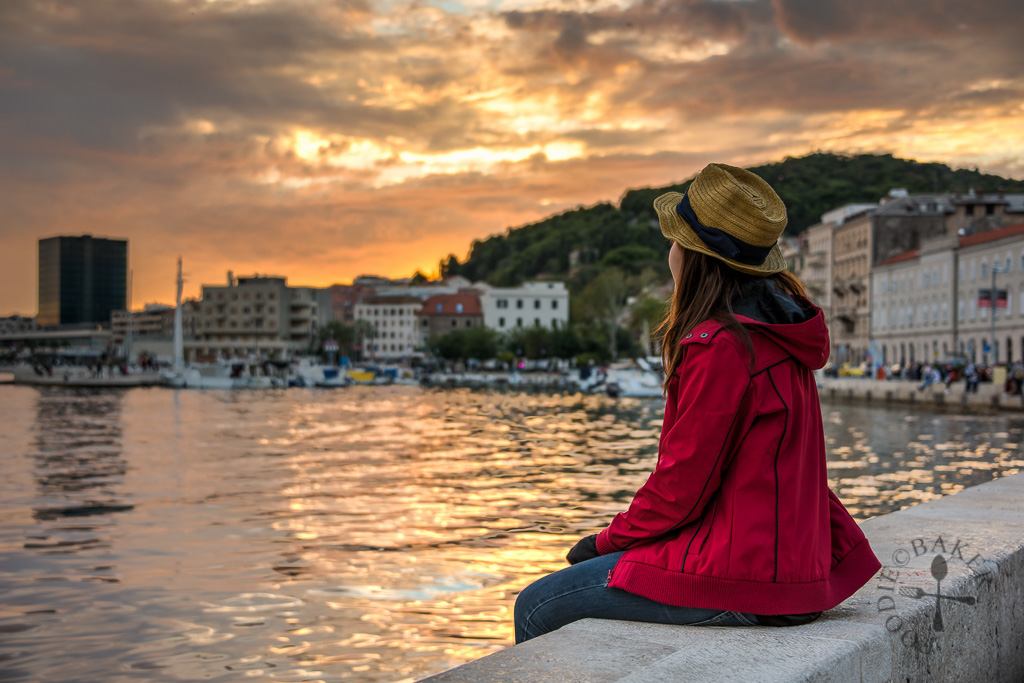
For centuries, fishermen of Split docked their small fishing boats at Matejuška Port. Today, the fishing boats are still there, but Matejuška Port, and together with the Riva Promenade, have also evolved to become a popular hangout for both locals and travellers. Restaurants and cafés fill the Riva Promenade, but I prefer to take a seat on one of the benches or along the coast border (because they are free :razz:). If you are itching for something, we also spotted small street carts selling snacks, drinks and even toys, so you can eat while chilling out.
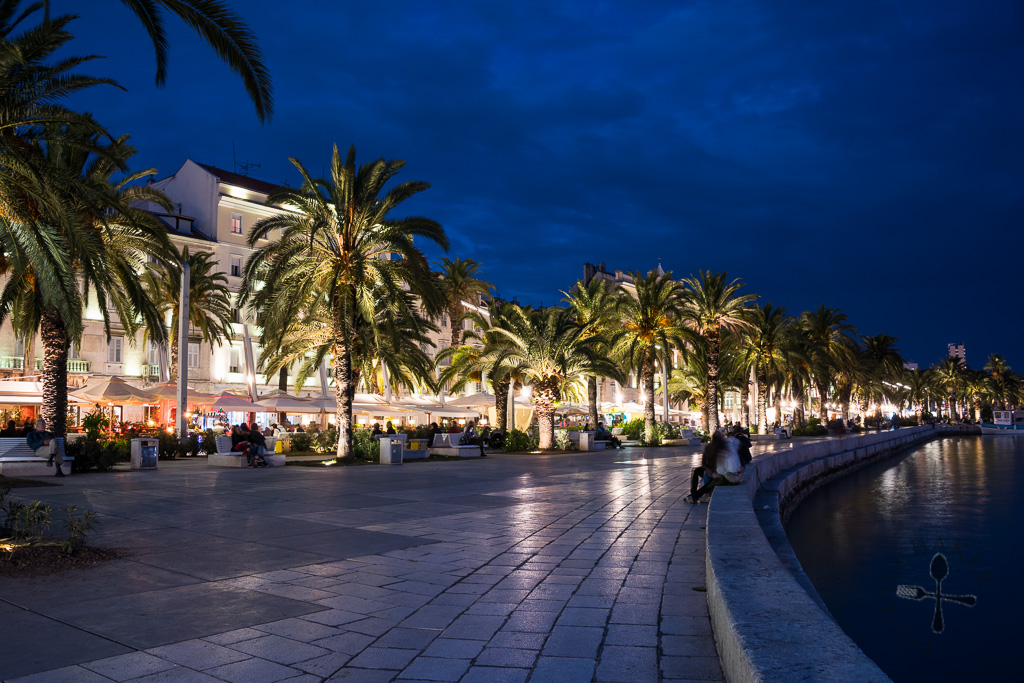
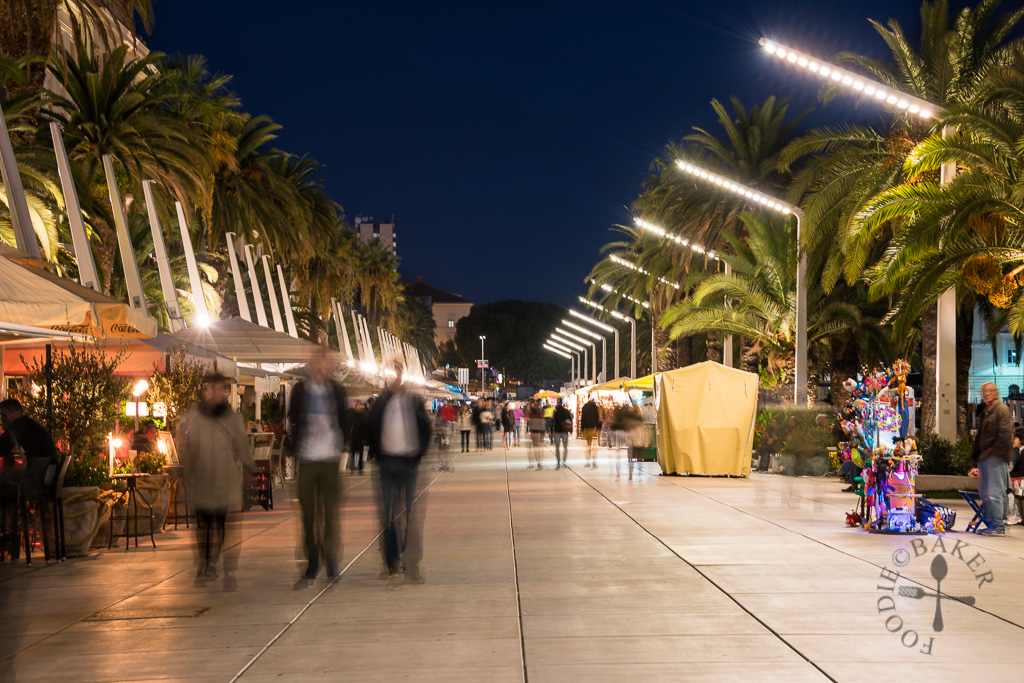
Diocletian’s Palace and Cathedral of Saint Domnius
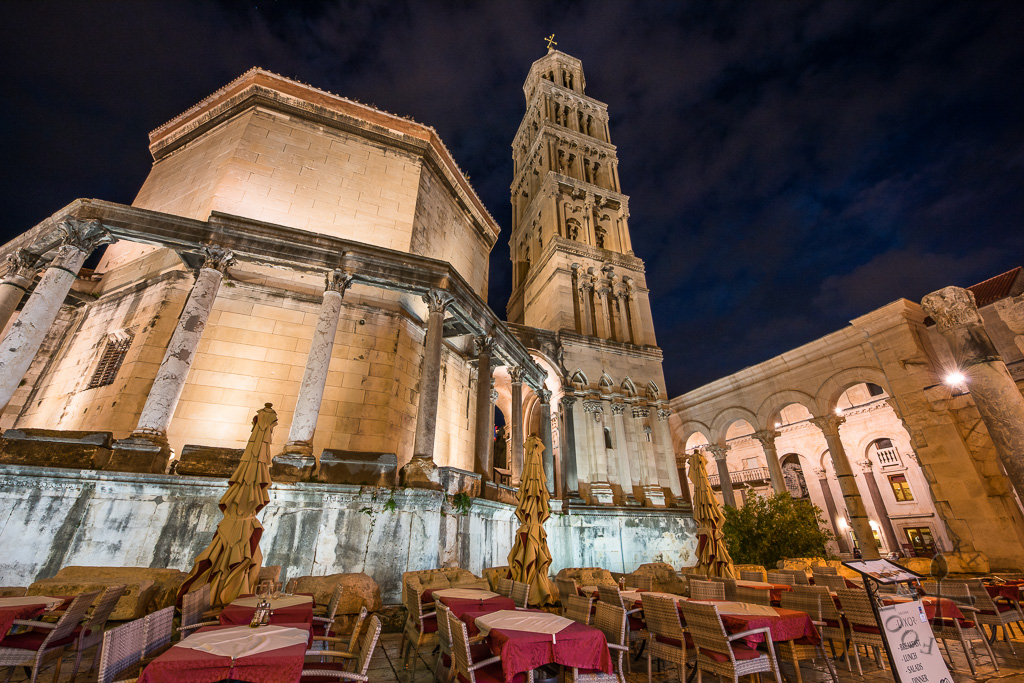
The Diocletian’s Palace and Cathedral of Saint Domnius are perhaps the most visited spot in the whole of Split,
Diocletian was a Roman emperor whose reign was from 284 to 305 AD. In preparation for his retirement, he decided to build a palace in Split. The resulting structure was massive and resembled a fortress instead of a palace, with half the area for Diocletian’s personal use and the rest used to house the military garrison. After the Romans abandoned the palace, the locals gradually occupied the place, and today this 38,700-square-meters palace ground is home to about 200 buildings and 3,000 people. In 1979, this site was added into the UNESCO’s list of World Cultural Heritage.
The cathedral was originally built as Diocletian’s mausoleum (a building to house tombs), but was converted into a cathedral in the mid-7th century. The bell tower next to the cathedral was a later addition in 1100 AD (some sources say 13th century). It’s possible to climb up the 57-meter bell tower for HRK 15, but you must like heights as my friend couldn’t make it all the way to the top.
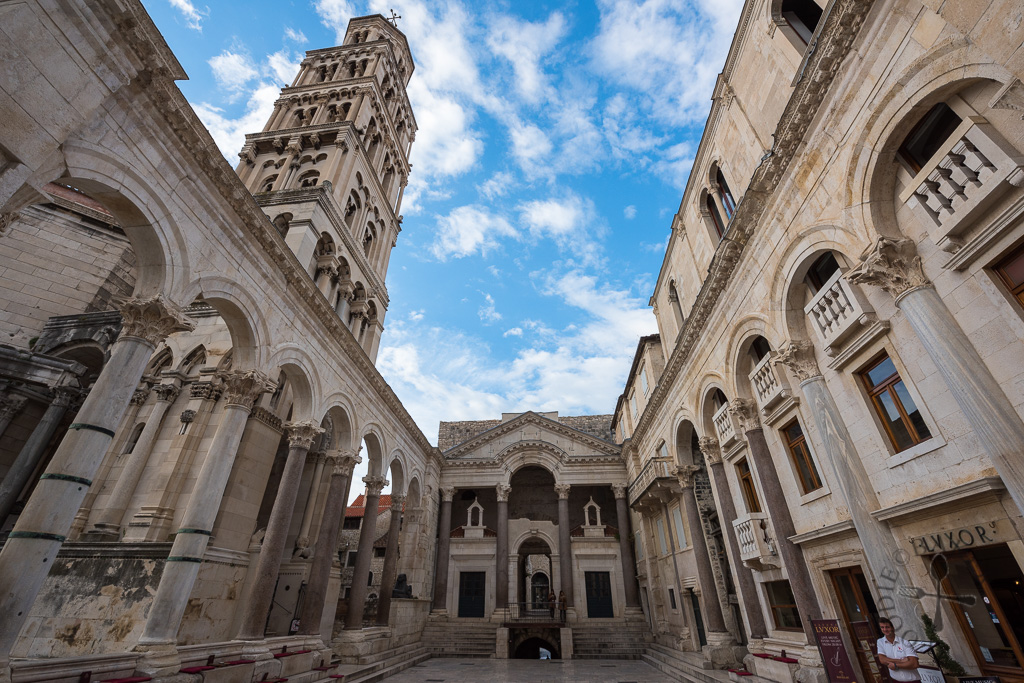
And that’s it for our day in Split! We didn’t visit any museums (as museums aren’t our thing) so if you plan to, you may want to stay a few more nights here. We collected our car on Day 11 morning and headed off to a National Park, stay tuned to find out more 😉 Meanwhile, check out the previous travelogue or our Balkans itinerary!
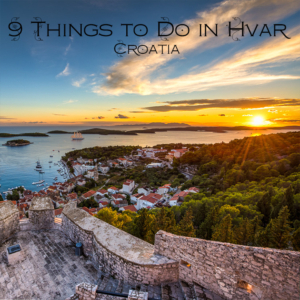 | 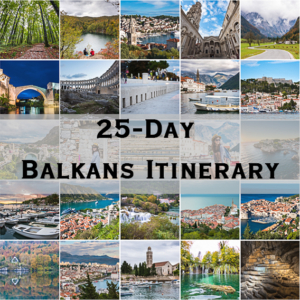 |
Anna @ shenANNAgans says
Croatia is totally on my travel bucket list, I actually hear really amazing things about the food in Croatia too. Looks like a wonderful little part of the world, especially enjoy the time out to watch the gorgeous sunset.